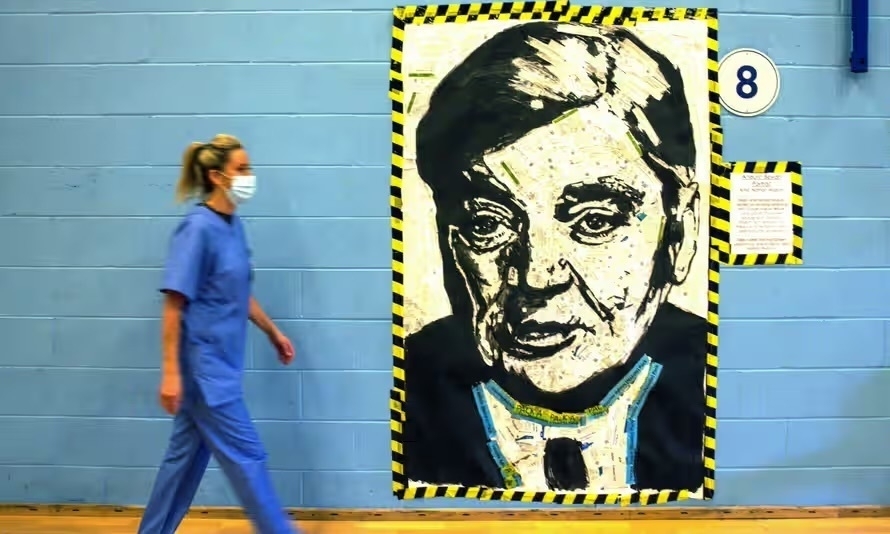The creation and destruction of a healthcare service that's free for all
The NHS is possibly the greatest, most humanising innovation of the past century. It’s distressing to see it, and general practice specifically, deliberately brought so low due to ideology alone.
“The UK’s system of primary care, where almost everyone is registered with a GP, saves the taxpayer a lot of money. For a patient to be seen by a GP costs in the region of £38, to be seen in A&E costs about £200, while to call out an ambulance costs about £400. A year’s worth of GP care per patient costs less than a single visit to A&E. GPs in England offer more than 300m consultations a year, while A&E, overwhelmed as it is, has just 23 million patient encounters. If even a fraction of the patients currently seen by GPs end up at the doors of the hospitals, those hospitals will be swamped.
The current algorithms used by NHS Direct trigger about double the number of ambulance call-outs as GPs do when taking the same call – computers don’t make good doctors. Another reason the ambulance service is overwhelmed is to do with patient expectations of what is a real emergency: one paramedic I know told me recently he was called out for a “bleeding wound” that when he arrived on the scene proved to be a paper cut.”
Voters are unhappier with the NHS than they’ve been for 30 years. As a GP, I feel the same
